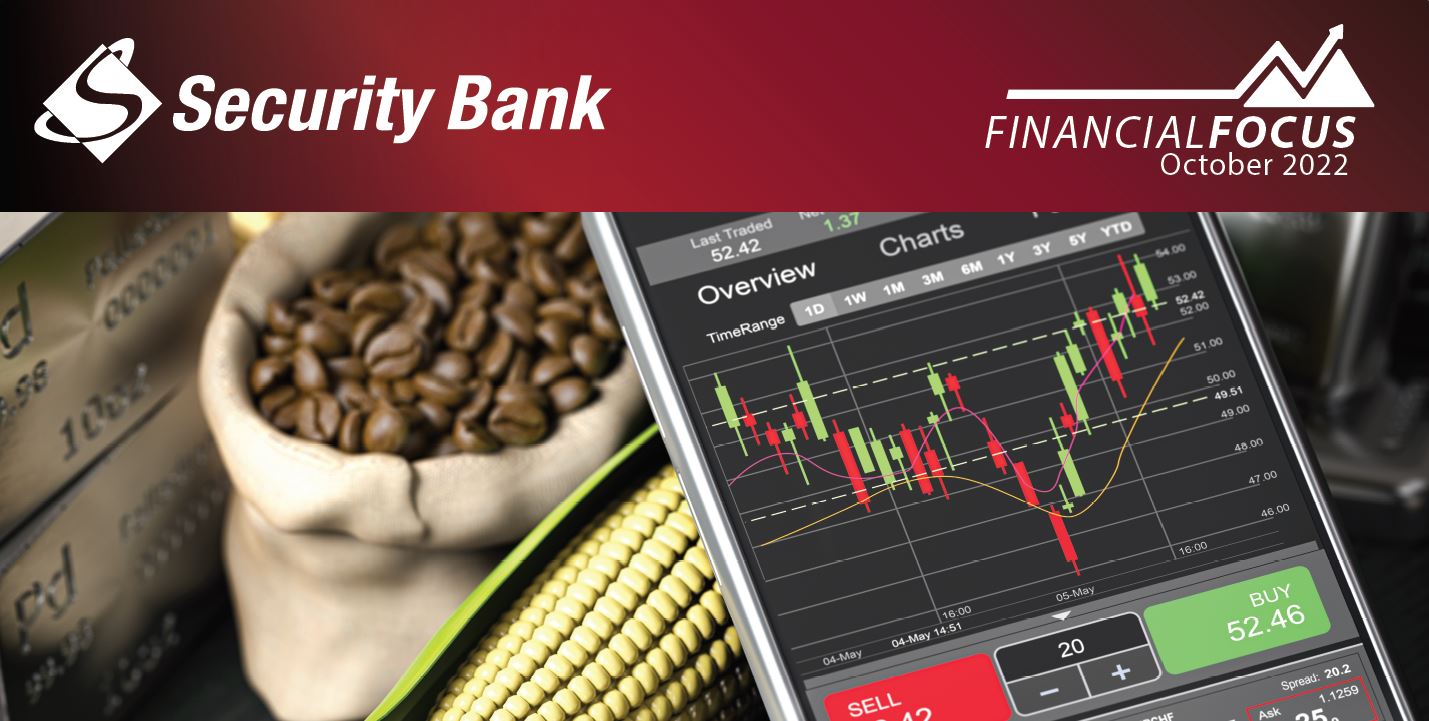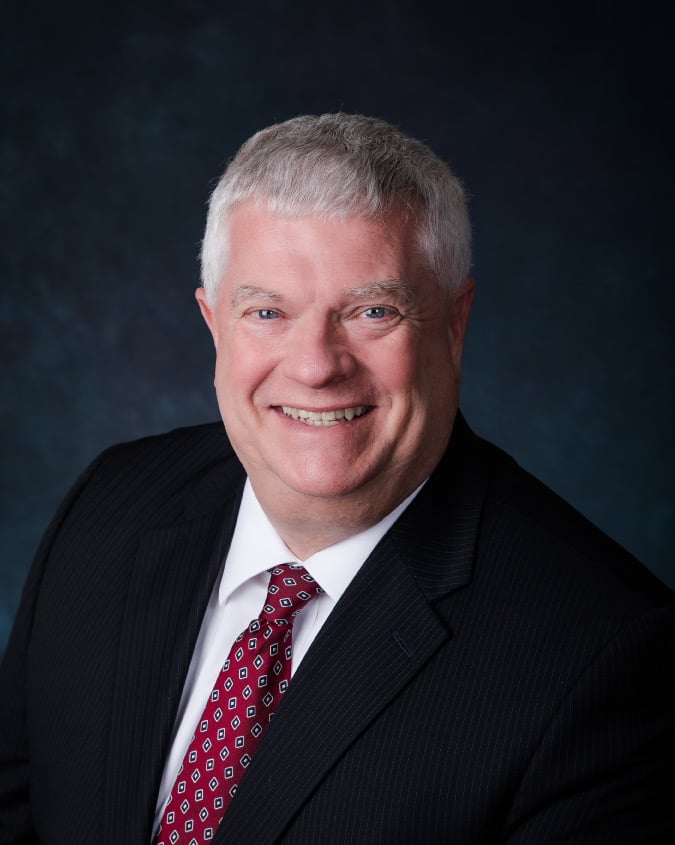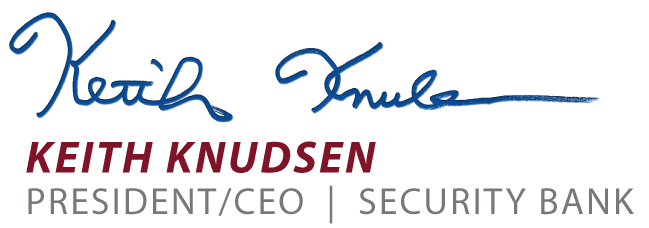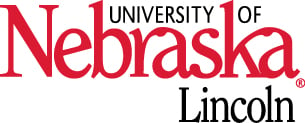
Teaching the Youth about Commodity Trading
October 31, 2022
| AgFocus-Ag Focus | BankingFocus-Educational Opportunities
|

Harvest is in full swing, and we hope yields are as stong as possible given the drier year. The process of grain marketing never stops from year to year, and in some cases marketing can be a big challenge. We recently found information for this month's article that may help give high school students a leg up in learning how marketing works from a new program offered by UNL.

|
Commodity Marketing for High School Students

By Fabio Mattos
Cornhusker Economics, June 1, 2022
Agricultural commodities play a major role in Nebraska’s economy. Learning the main concepts of commodity marketing becomes essential for young Nebraskans considering careers in the agricultural industry or in farming.
Following the same ideas, we are now expanding our efforts to offer a program in commodity marketing outside the university. During the 2021/22 school year, we worked on the development of a commodity marketing curriculum to be offered in high schools.
Objectives of the Program and its First Steps
The main motivation of this program is to give high school students the opportunity to (i) develop skills that can be useful in their future careers, (ii) apply and expand on concepts learned in other classes, and (iii) learn about career opportunities that they may not be typically familiar with.
The program is available to any high school interested in teaching commodity marketing. We have run two pilots in 2021/22 as part of the process of developing the program. The experience with the pilots and the feedback provided by the participants were very valuable to help us further develop the program before it is offered on a broader scale in the 2022/23 school year.
Components of the Program
The program has essentially four components: (i) the curriculum, (ii) a marketing simulator, (iii) a trading simulator, and (iv) a trading challenge.
The curriculum was designed to give students an understanding of cash markets, futures markets and marketing. It is divided into six modules.
Class material for each module is composed of lecture slides, worksheets and videos, which are posted on an online platform that can be accessed by teachers and students.
The other components of the program provide opportunities for experiential learning and give students a chance to apply and practice what they learn during the program using two online simulators. The first one is MINE (Marketing in a New Era), which is an online platform (mine.unl.edu) that simulates marketing decisions. It allows participants to go through marketing simulations in which they need to decide how to market their grain under different scenarios using cash sales, forward contracts and futures contracts.
The other simulator is the trading platform made available by the CME Group (cmegroup.com). It allows students to create their own trading accounts and trade futures contracts offered by the CME Group. The trading accounts resemble real-world accounts used by professional traders and students can trade current futures prices. Students are able to make trades and gain or lose money in the same way that professional traders do, but there is no actual money involved in the simulation. The intention is not to turn students into speculators, but rather to give them a broader view of commodity markets.
Finally, the last piece is also based on the trading platform. At the end of the program, students from all participating schools join a Trading Challenge. This is essentially a competition between all students. Only students from our program can participate. During this challenge, students use the trading accounts provided by the CME Group and try to make as much profit as possible by trading futures contracts. At the end of each day, students can see the rankings showing the “top traders” of the day, both overall and for each school. This competition is intended to be an enjoyable way to close the program and give students an extra opportunity to engage in commodity markets.
Moving Forward: How the program will be offered
The program is offered once in the fall term and once in the spring term. It is designed to be a 3-week program (15 class periods). Before the start of the program, two training sessions are offered remotely to the teachers.
Any high school interested in participating or learning more about the program should contact Fabio Mattos at [email protected].